Author: Will Lovell
The most common grain used to make beer is barley, and in order for it to possess the enzymatic power to convert starch into fermentable sugar, it must go through the malting process. However, in addition to there being other types of malted grains like wheat and oats, there are also various unmalted options, one of which is widely used in Irish Stout – flaked barley.
The process of making flaked barley involves cooking the raw grain to make it malleable then sending it through roller mills, which flattens the barley into flakes. The purported benefits of brewing with flaked barley include enhancing body, mouthfeel, and foam quality due to the presence of soluble protein and beta-glucans, all characteristics expected in a good Stout.
I really enjoy the way Irish Stout combines roast and chocolate flavors with a silky-smooth mouthfeel, which I’ve always believed was due in part a relatively high usage of flaked barley. Curious to learn more about the impact this specialty grain actually has on beer, I designed an xBmt to test it out.
| PURPOSE |
To evaluate the differences between an Irish Extra Stout made with 30% flaked barley and one made without flaked barley.
| METHODS |
Seeing as flaked barley is a standard ingredient in Irish Stout, that’s the direction I wanted to take for this xBmt, but given our decision to use a fairly high amount of flaked barley, I went with a slightly stronger Irish Extra Stout recipe.
Black Velvet
Recipe Details
| Batch Size | Boil Time | IBU | SRM | Est. OG | Est. FG | ABV |
|---|---|---|---|---|---|---|
| 5.5 gal | 60 min | 47.3 | 34.7 SRM | 1.053 | 1.015 | 4.99 % |
| Actuals | 1.053 | 1.015 | 4.99 % | |||
Fermentables
| Name | Amount | % |
|---|---|---|
| Wildfire Pale Malt | 6.5 lbs | 48.15 |
| Flaked Barley | 4 lbs | 29.63 |
| Munich Malt | 1 lbs | 7.41 |
| Pale Chocolate Malt | 1 lbs | 7.41 |
| Crystal 60l | 8 oz | 3.7 |
| Roasted Barley | 8 oz | 3.7 |
Hops
| Name | Amount | Time | Use | Form | Alpha % |
|---|---|---|---|---|---|
| Willamette | 60 g | 60 min | Boil | Pellet | 4.9 |
| Styrian Goldings | 58 g | 15 min | Boil | Pellet | 3.7 |
| Styrian Goldings | 30 g | 0 min | Boil | Pellet | 3.7 |
Yeast
| Name | Lab | Attenuation | Temperature |
|---|---|---|---|
| Darkness (A10) | Imperial Yeast | 75% | 32°F - 32°F |
Notes
| Water profile: Ca 60 | Mg 10 | Na 0 | SO4 95 | Cl 65 |
Download
| Download this recipe's BeerXML file |
After collecting two identical volumes of RO water in separate Delta Brewing Systems AIO units and adjusting them to the same desired profile, I weighed out and milled the grains for each batch. To ensure the beers would be of similar strength, I used additional pale malt in place of flaked barley in the control batch.
Once the water for each batch was adequately heated, I incorporated the grains then checked to make sure both were at the same target mash temperature.
While the mashes were resting, I prepared the kettle hop additions.
Once each 60 minute mash was complete, I sparged to collect the same pre-boil volume then boiled the worts for 60 minutes, adding hops at the times listed in the recipe.
At the end of each boil, I quickly chilled the worts with my JaDeD Brewing Hydra IC before transferring identical amounts to separate Kegmenters.
Refractometer readings showed to worts were at a similar OG.
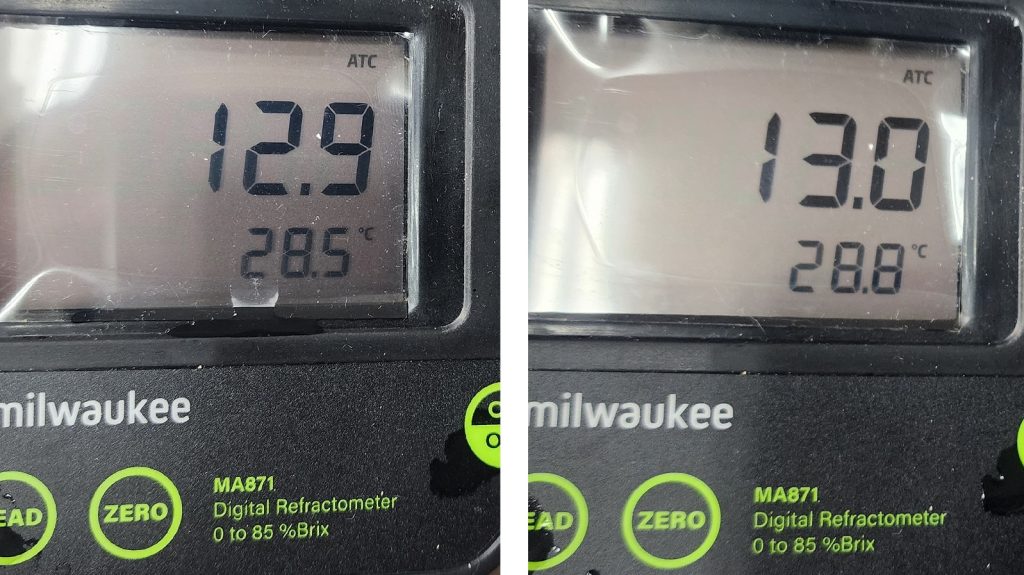
The filled carboys were placed in my chamber and left to finish chilling to my desired fermentation temperature of 68°F/20°C for a few hours before I pitched a pouch of Imperial Yeast A10 Darkness into each.
With signs of activity absent after a week of fermentation, I took hydrometer measurements showing a the beers had similar attenuation.
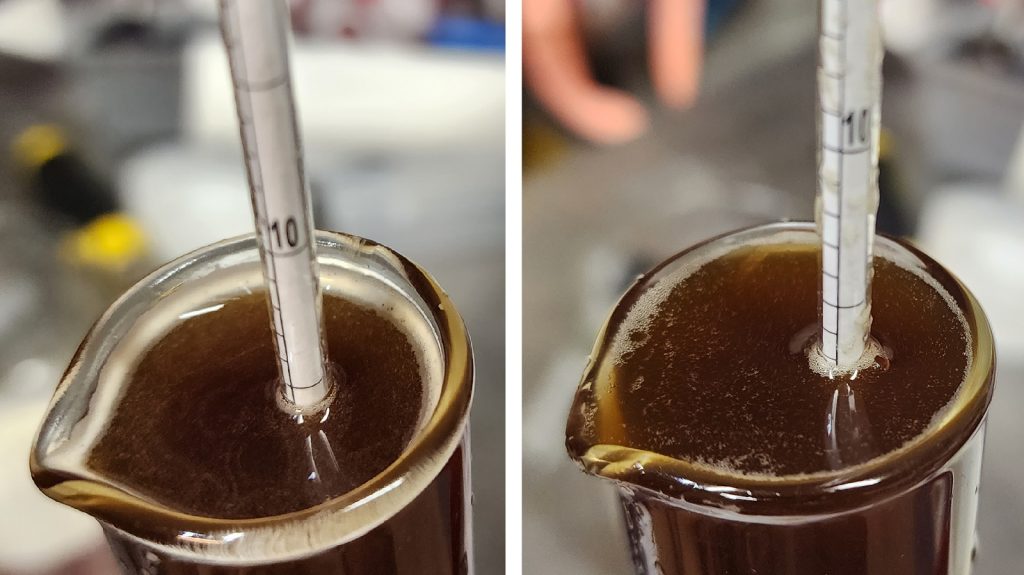
At this point, I racked the beers to sanitized kegs that were placed on gas in my keezer. After 3 weeks of conditioning, they were carbonated and ready for evaluation.
| RESULTS |
A total of 26 people of varying levels of experience participated in this xBmt. Each participant was served 2 samples of the beer made without flaked barley and 1 sample of the beer made with flaked barley in different colored opaque cups then asked to identify the unique sample. While 14 tasters (p<0.05) would have had to accurately identify the unique sample in order to reach statistical significance, only 12 did (p=0.12), indicating participants in this xBmt were unable to reliably distinguish an Irish Extra Stout made with all malted barley from one made with 30% flaked barley.
My Impressions: Out of the 5 semi-blind triangle tests I attempted, I correctly identified the odd-beer-out 3 times. Admittedly, these beers were perceptibly identical to me, which left me guessing on my own evaluations. Both beers were enjoyably roasty with the smooth body and mouthfeel I expect from this style.
| DISCUSSION |
While it’s seeing more use in a variety of beer styles, flaked barley is a grain that’s synonymous with Irish Stout, purportedly providing the body, mouthfeel, and foam quality drinkers enjoy about this style. Curiously, tasters in this xBmt were unable to reliably distinguish an Irish Extra Stout made with all malted barley from one made with 30% flaked barley.
In my aim to accentuate the impact of the variable, I opted to use a fairly high amount of flaked barley in this beer, as the typical usage rate is between 15 – 20%. One possible explanation for these results is that this higher amount somehow reduced the expected effect, though this seems highly unlikely. While tasters did not evaluate the appearance of the beers, as they were served in opaque cups, I’m confident in saying the foam quality was the same on both.
I’ve always viewed flaked barley as a grain that’s used to enhance the body, mouthfeel, and head retention in beer, but considering the results of this xBmt along with my own inability to reliably tell apart, it seems it doesn’t have nearly the impact I expected. I’ll continue using this specialty grain when making certain styles, even if just for the sake of sticking to tradition, but I certainly won’t worry about using malted barley in its place if ever I’m in a pinch.
If you have any thoughts about this xBmt, please do not hesitate to share in the comments section below!
Support Brülosophy In Style!
All designs are available in various colors and sizes on Amazon!
Follow Brülosophy on:
FACEBOOK | TWITTER | INSTAGRAM
If you enjoy this stuff and feel compelled to support Brulosophy.com, please check out the Support page for details on how you can very easily do so. Thanks!


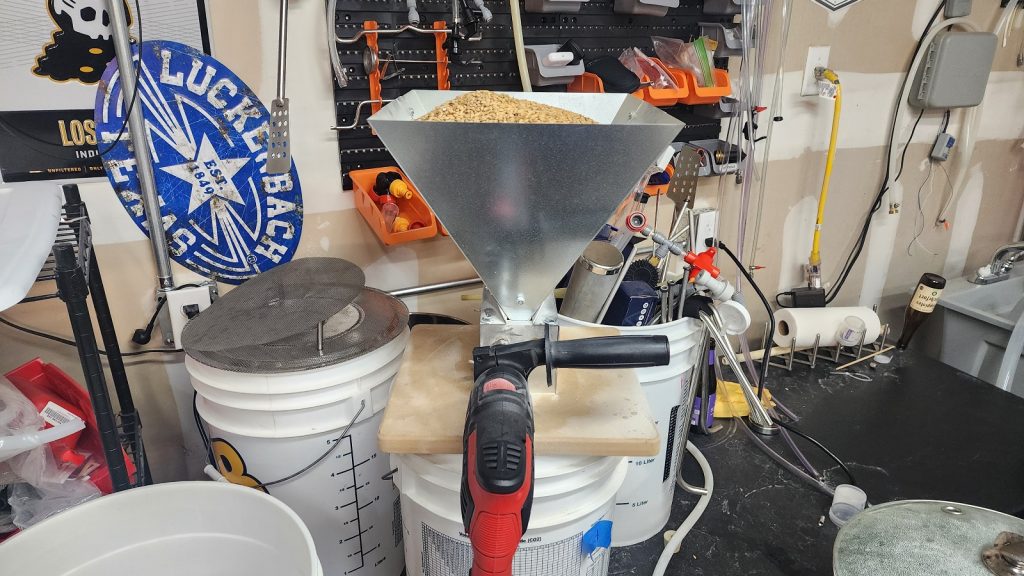
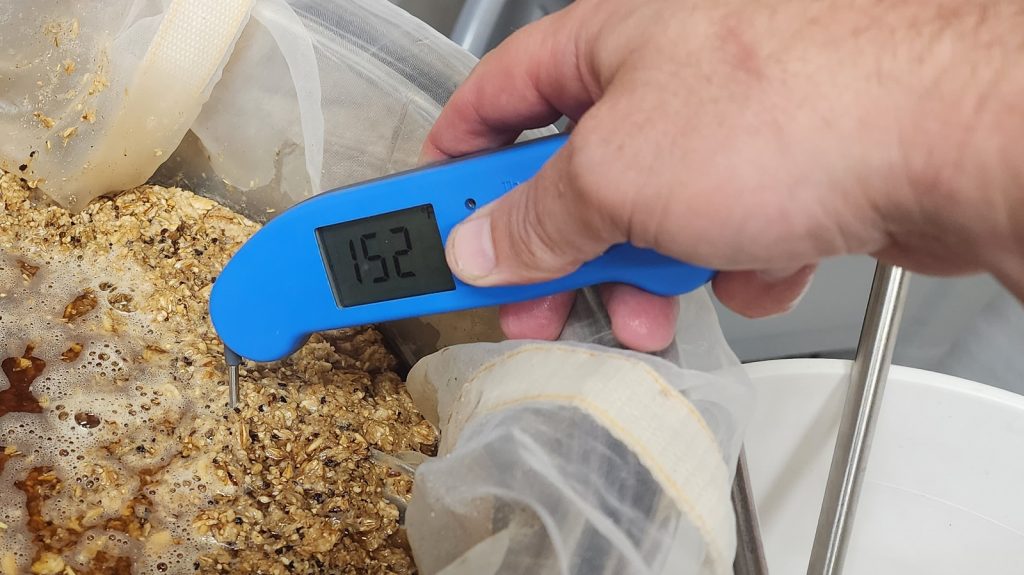
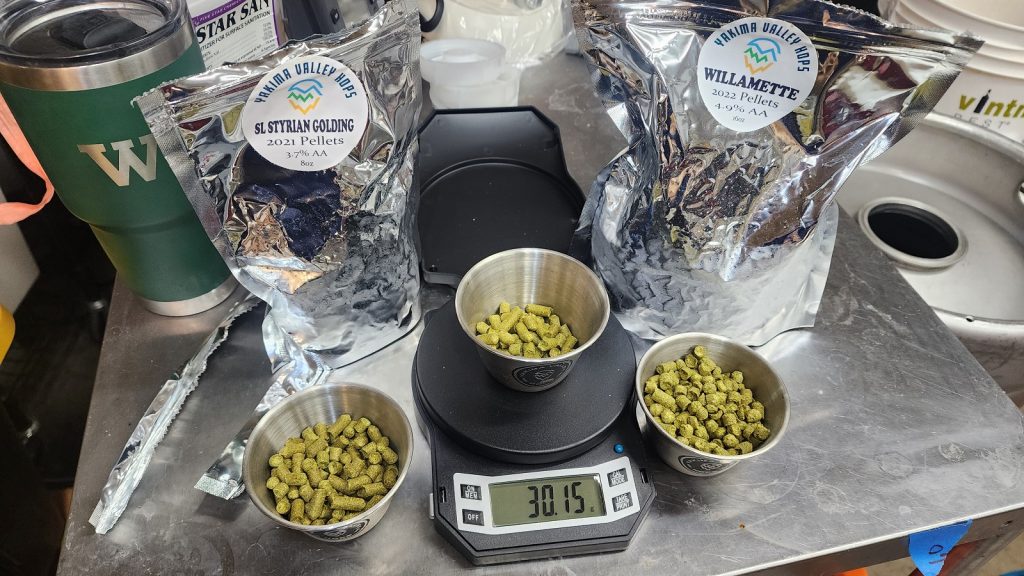
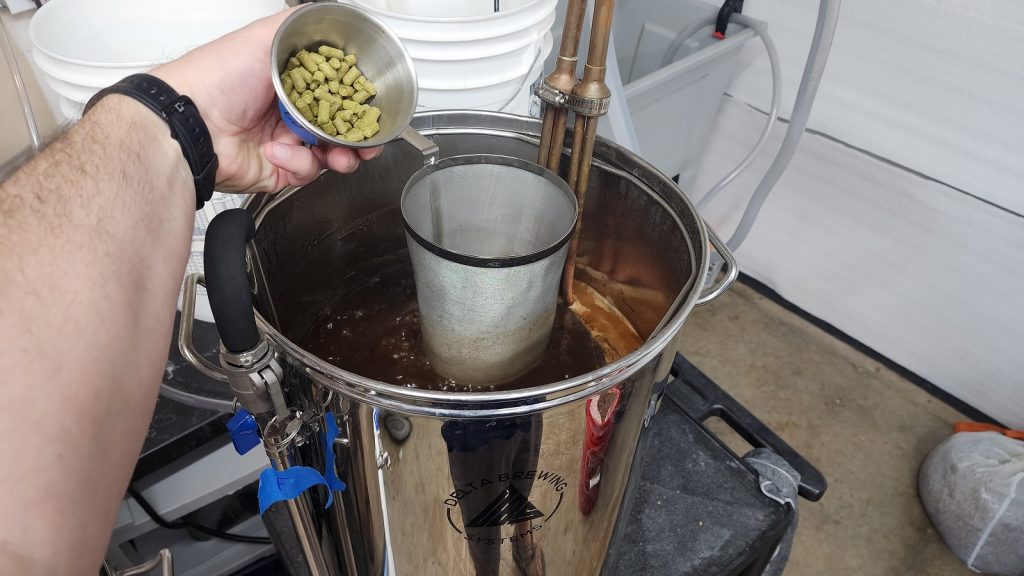
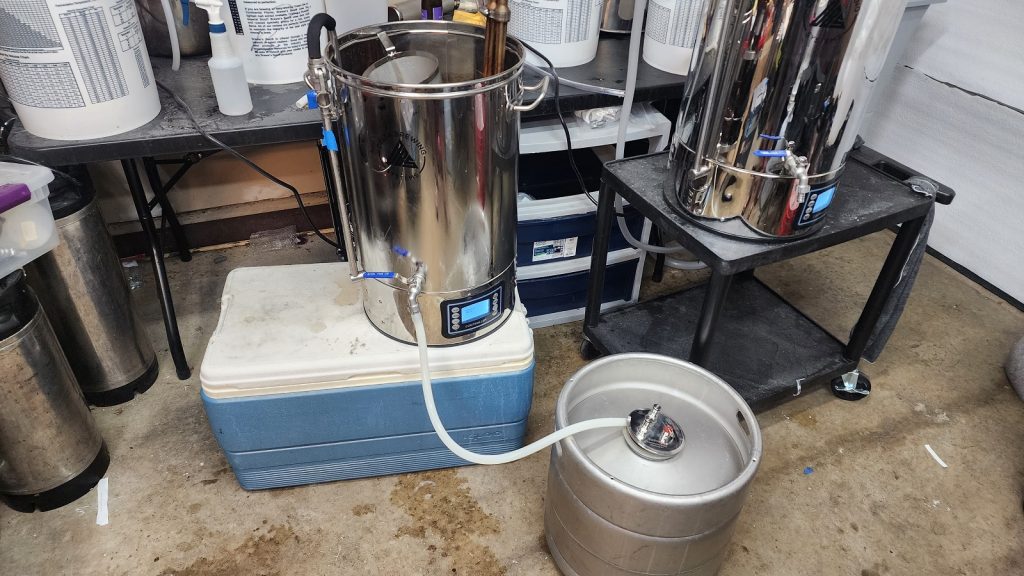
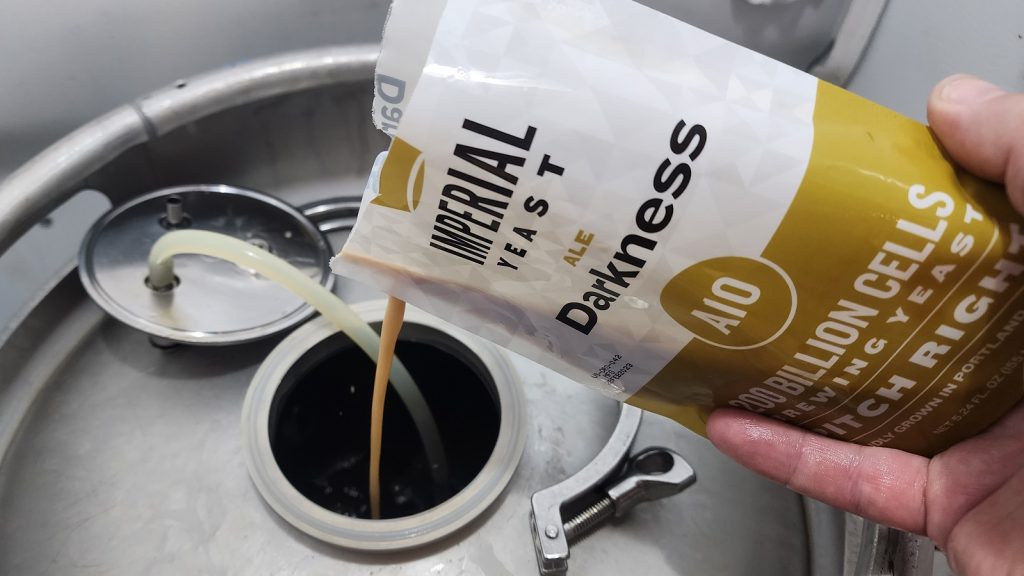
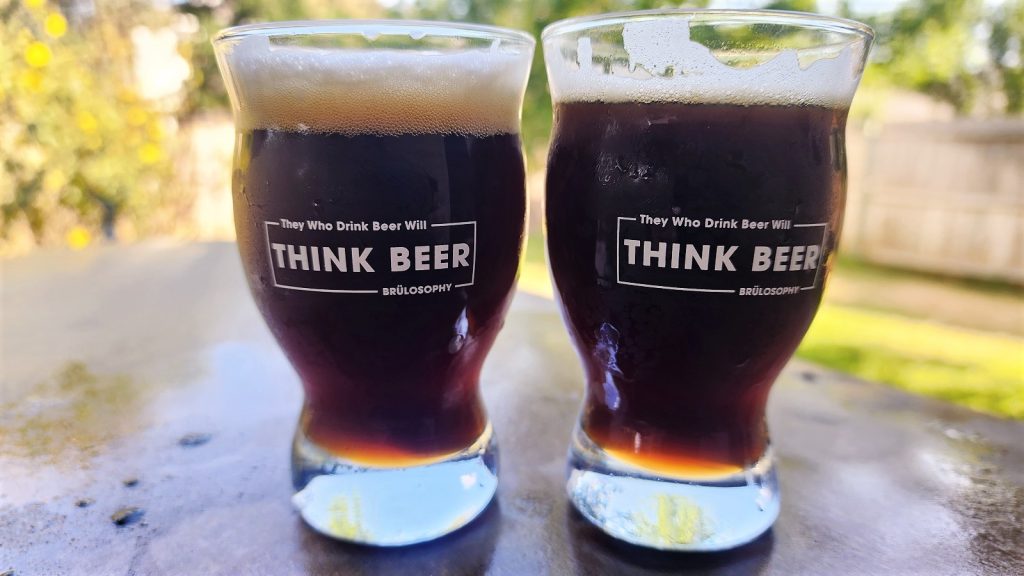











8 thoughts on “exBEERiment | Impact Flaked Barley Has On An Irish Extra Stout”
I am surprised about the flaked barley! I will still add it to my stouts after 52 years brewing but I see that you cracked the nut on the hype from using it. Thanks for your research!
I am in the same boat. I still will use it here and there in styles and recipes that call for it, but I won’t lose sleep if I don’t have any on hand and have to sub malted barley in its place.
I suspect the use of flaked barley was originally just a money-saving move by Guinness, as unmalted barley costs less than malted. Then homebrewers, seeking an explanation for the beer’s creaminess, retroactively attributed it to that ingredient — when really the creaminess and smooth mouthfeel have much more to do with the nitrogen (and low carbonation). I suspect the same of oats, which I’ve never found to contribute the “silkiness” they’re known for. My two cents!
I recall reading something from Ron Pattinson saying that Guinness did not start using flaked barley until recently, and that even when they started using it, it was (as you suggest) a cost-cutting move. Since the modern homebrewing movement is itself pretty recent, it makes sense to me that homebrewers could have gotten their hands on the then-current Guinness recipe and said “Aha, here’s the secret sauce to Guinness,” whilst being completely unaware that Guinness had produced their familiar, delicious stout for decades before without using cheap unmalted grains.
Ron Pattinson, what does that guy know?
Just kidding, he’s a freaking legend and I read his blog (barclayperkins.blogspot.com) every day. Especially when he’s traveling with his kids and reports on how they roast him.
Unfortunately error in experiment design.
The Irish stout recipe has way way too many aditional grist components that drowns the element you are attempting to test.
Munich Malt 1 lbs
Pale Chocolate Malt 1 lbs
Crystal 60l 8 oz
Why oh why add this?
It’s not a typical adition to a dry Irish stout recipe anyhow.
I would encourage you to replicate this xBmt, with blind triangles and all, with whatever recipe you see fit. Shoot me an email and I’ll send you parameters to get it published on the website for The Brü Club!
I had similar results in removing maltodextrin from my porter recipe. Plenty of mouthfeel without and people couldn’t tell the difference